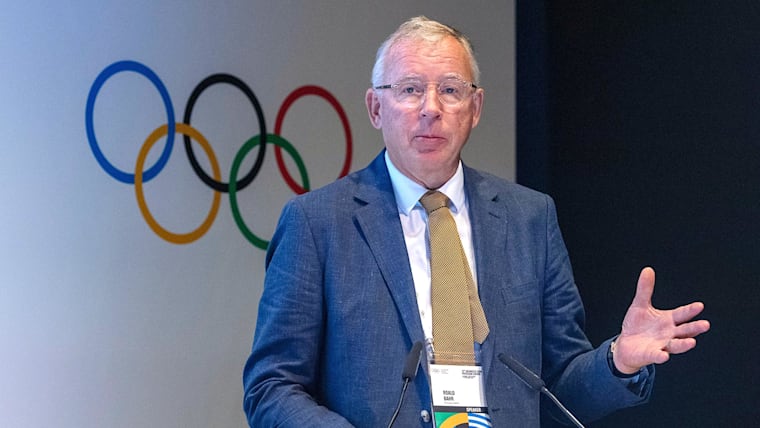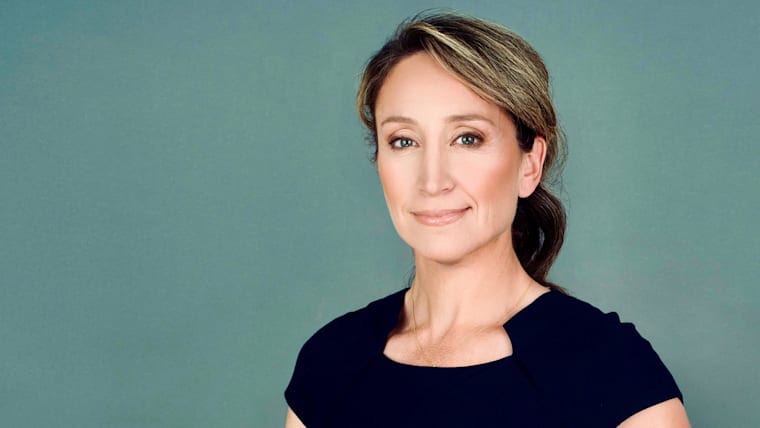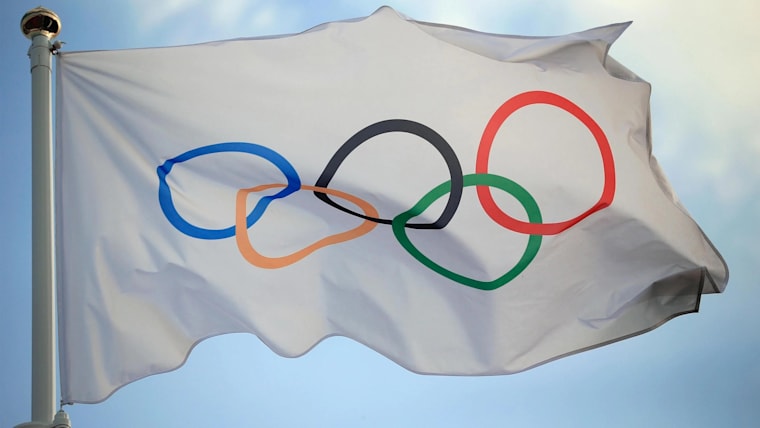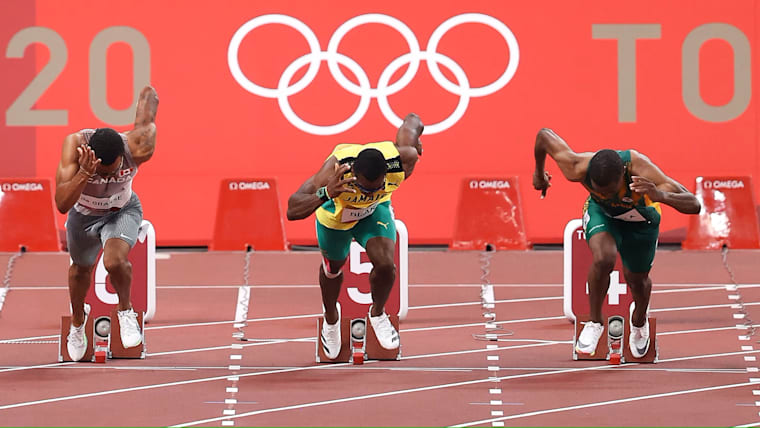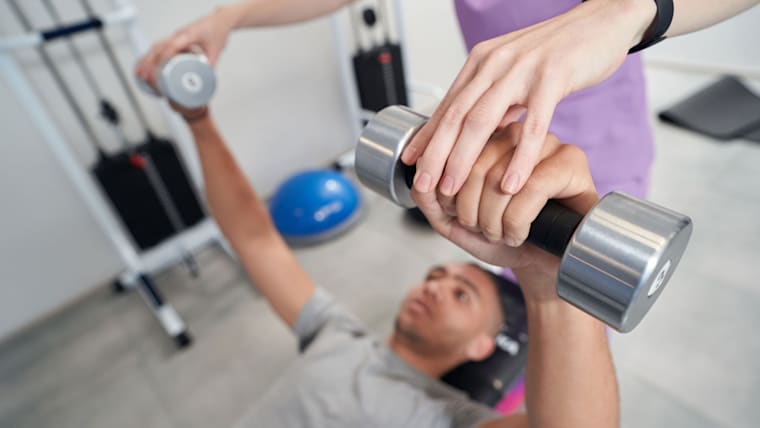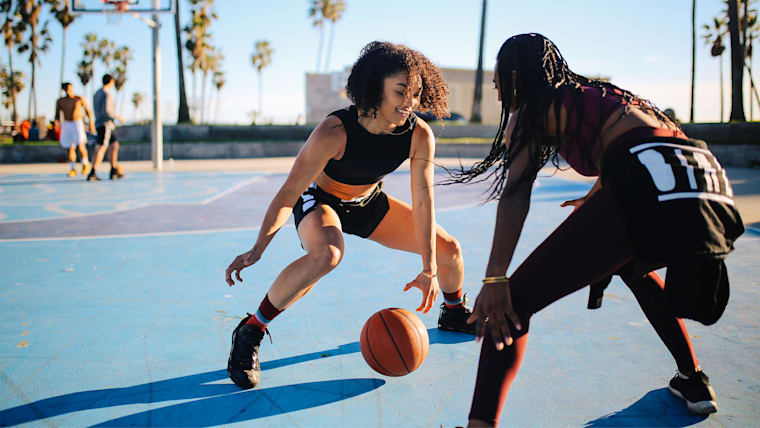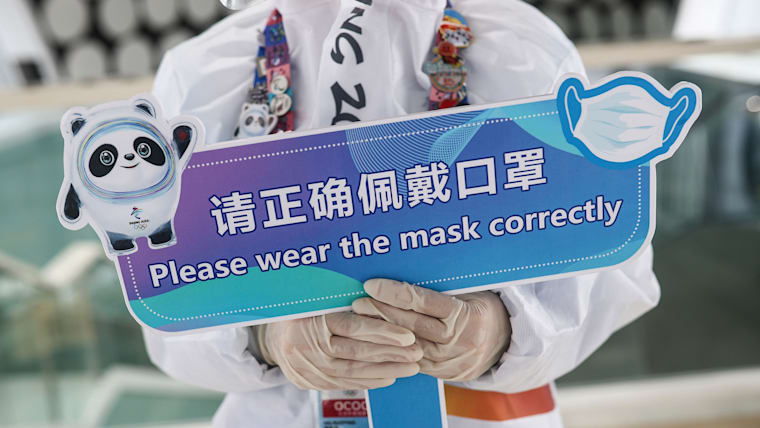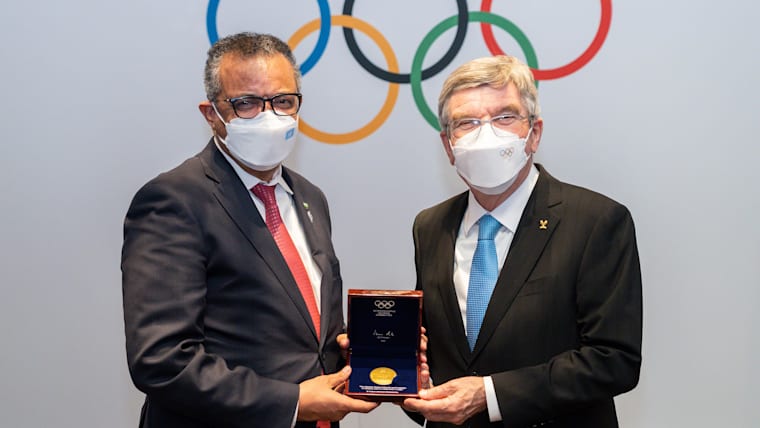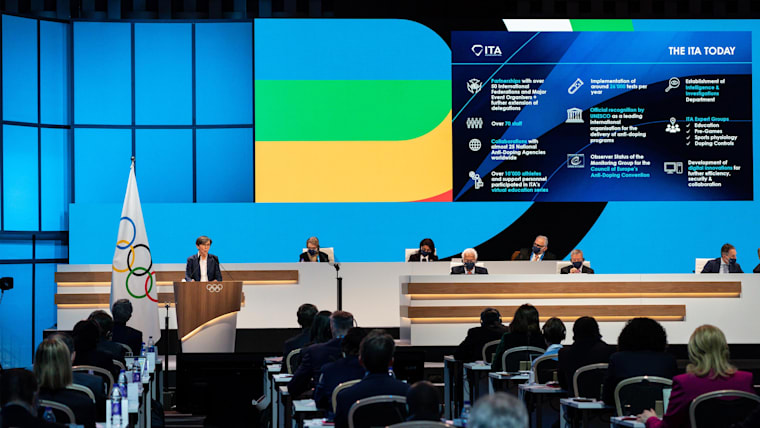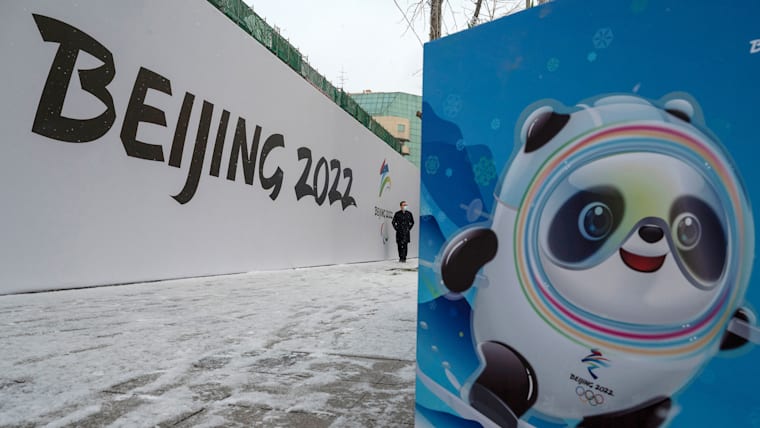Medical and Scientific
News
The IOC Medical and Scientific Commission and Department
The overarching goal of the IOC Medical and Scientific Commission and Department is protecting athletes’ health, particularly through injury an illness prevention, and fighting doping in sport for the protection of clean athletes.
The key priorities include:
- Medical care at the Olympic and Youth Olympic Games, the fundamental responsibility of the IOC
- Enhance legacy of Games, including promoting health among all participants and general population
- Olympic Agenda 2020+5 – Safeguarding of athletes (prevention of harassment and abuse in sport) and promotion of mental health
- Prevention of injuries and illness, building on current programme of science, research, education and promotion of good medical practice
- Anti-doping in sport, in collaboration with WADA and ITA
